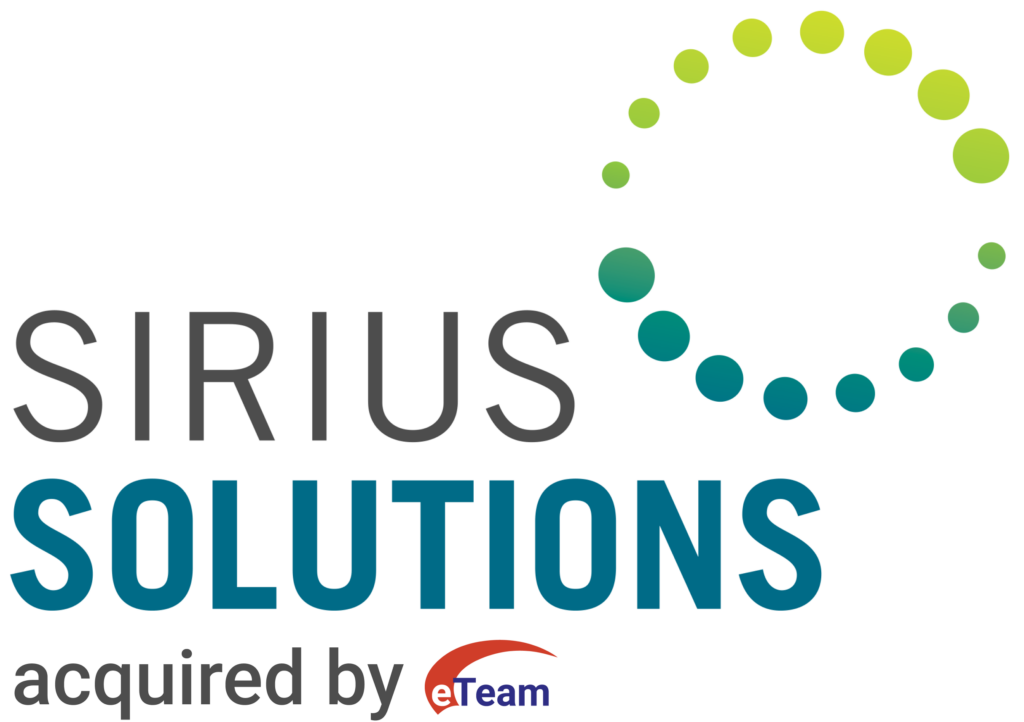Accelerating Supply Chain Cost Reduction
The COVID-19 public health crisis continues to deliver unprecedented disruption to businesses around the world. For some companies, the financial impact has been catastrophic. For others, the pandemic has created a surge of demand, activity and revenue growth. For everyone in between, cost reduction initiatives have become a priority. Leading companies leverage procurement and supply chain expertise to rapidly reduce supply chain costs in the face of declining profitability and economic uncertainty.
Our approach to accelerating supplier savings and supply chain cost reduction involves three key steps:
- Lock down discretionary and non-essential spending
Shutting off discretionary and non-essential spending is step one in any rapid cost reduction playbook. However, too often business leaders limit their view of discretionary spend to the obvious culprits (ie. non-essential travel and expenses). Companies who leverage procurement leadership to analyze and shine a light on recurring non-essential spend go well beyond the low hanging fruit and fare significantly better in realizing the cost reduction through spend control.
- Negotiate quick hit savings with incumbent suppliers
Often referred to as a Supplier Blitz, this step requires a coordinated effort to quickly identify opportunities to defer costs or negotiate cost reductions with incumbent suppliers.
For companies who have been forced to close or significantly limit operations temporarily due to COVID19, this step includes negotiating deferrals or cost reductions in lease payments, software agreements and recurring services for unoccupied facilities or underutilized assets.
For all other spend, this step includes prioritizing supplier negotiations based on key levers for negotiating savings:
- Size – Suppliers who represent the largest amount of spend
- Growth – Suppliers that experienced year over year growth without reducing cost
- Fragmentation – Multiple suppliers providing the same goods and services
- Speed to Savings – Recurring spend in the near term (next 30-90 days)
The Supplier Blitz team works with business stakeholders to analyze existing contracts, pricing, supplier performance and leverage market intelligence to develop a negotiation strategy and negotiate with suppliers.
- Launch Rapid Sourcing Events
When incumbent supplier negotiations do not deliver expected cost reduction, a rapid sourcing event can introduce competitive pressure.
Traditional strategic sourcing events typically deliver savings in 4-6 months. These are often applied when spend has not been formally bid in the last 2-3 years and involve consideration of new suppliers, review of technical specification and a formal request for proposal. Alternatively, a rapid sourcing event can be executed and deliver savings in three months or less. The supplier pool in a rapid sourcing event is often limited to incumbent suppliers of commonly used materials or services.
When done right, rapid cost reduction initiatives can deliver immediate financial results with no negative operational impact. Perhaps more importantly, they allow businesses to offset the cost of maintaining its workforce and investing for growth during periods of declining profitability.
We know from experience, that companies who leverage strategic Procurement and Supply Chain expertise in their cost reduction initiatives negotiate larger savings, realize savings more quickly and sustain those savings for a longer period of time than those who do not.
Jessica Harris, Supply Chain Practice Leader – Sirius Solutions, L.L.L.P.
If you would like further information regarding Accelerating Supply Chain Cost Reduction, please complete the form below.
